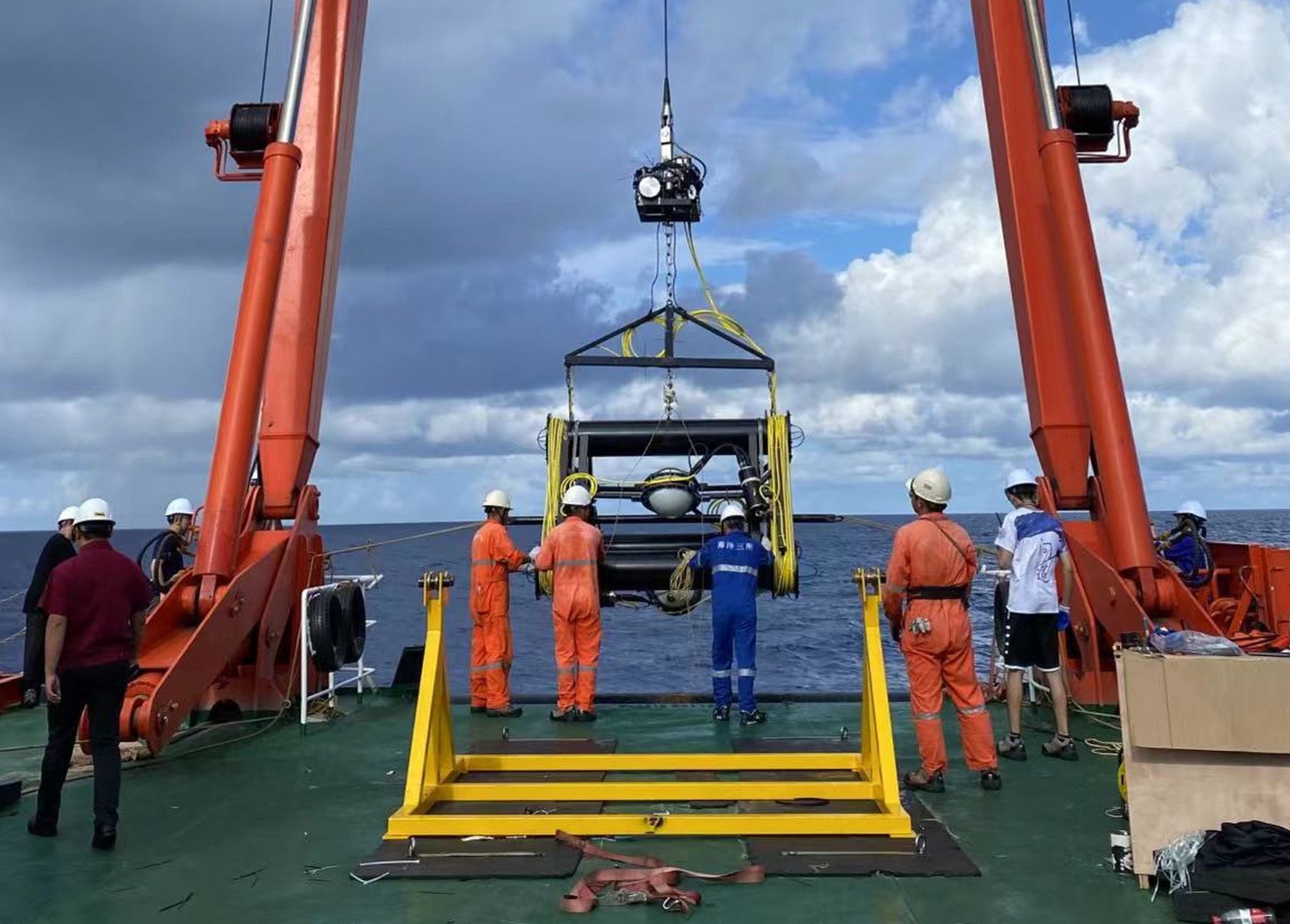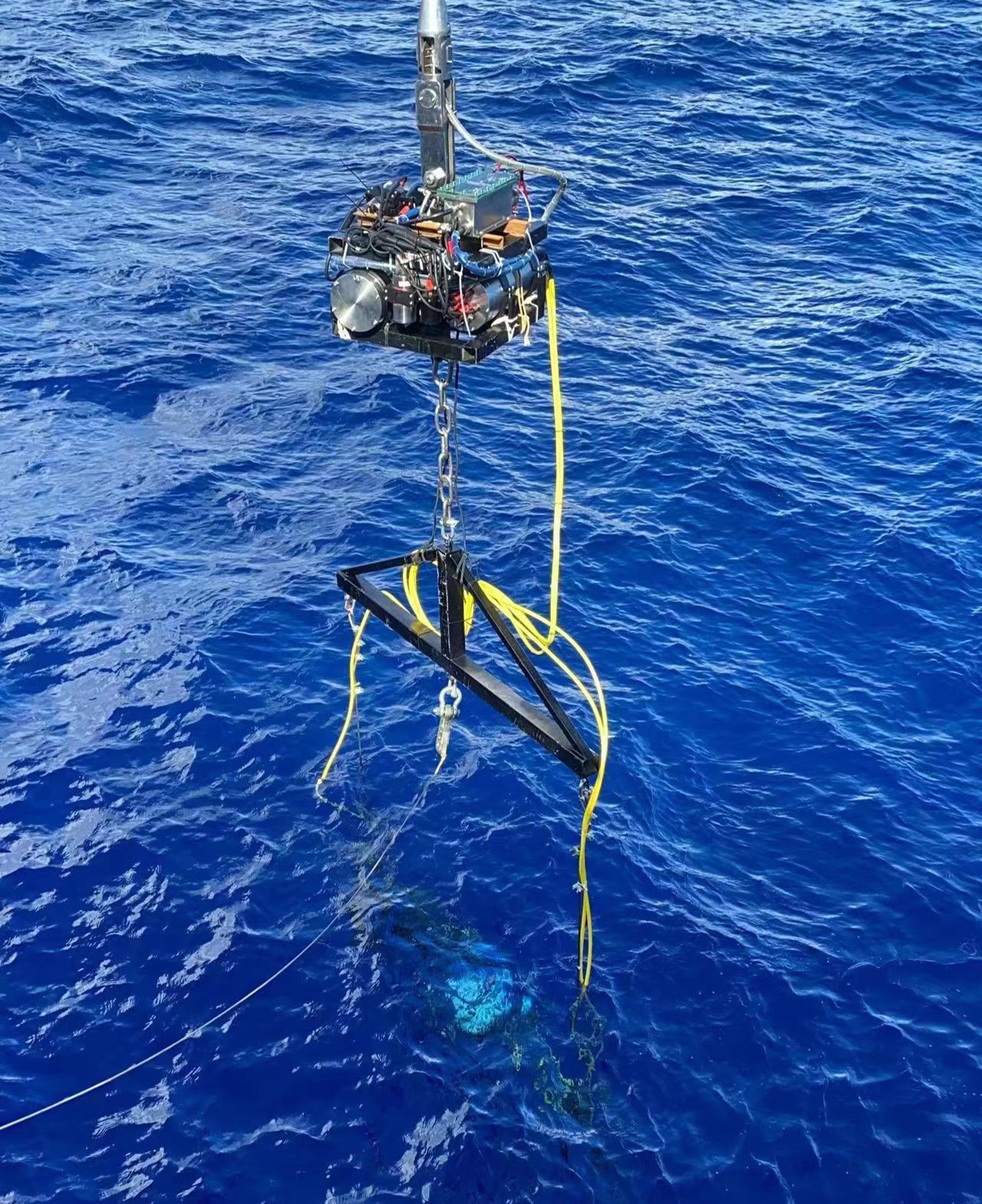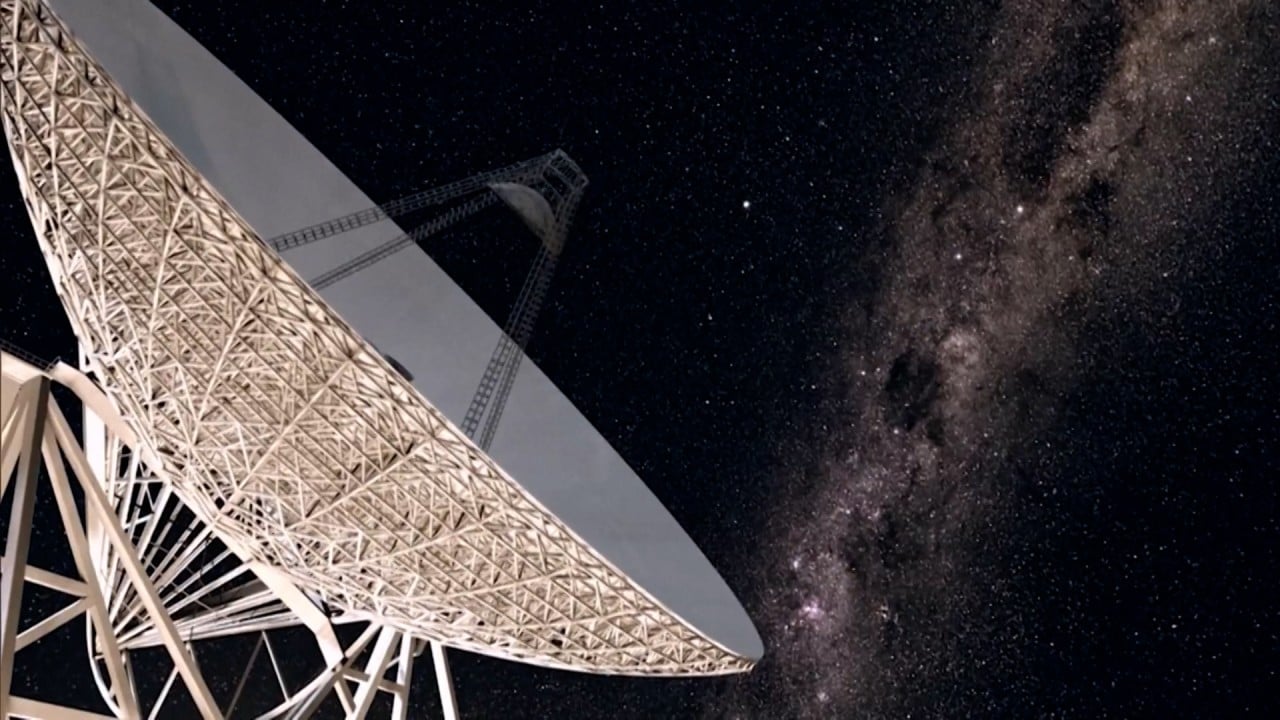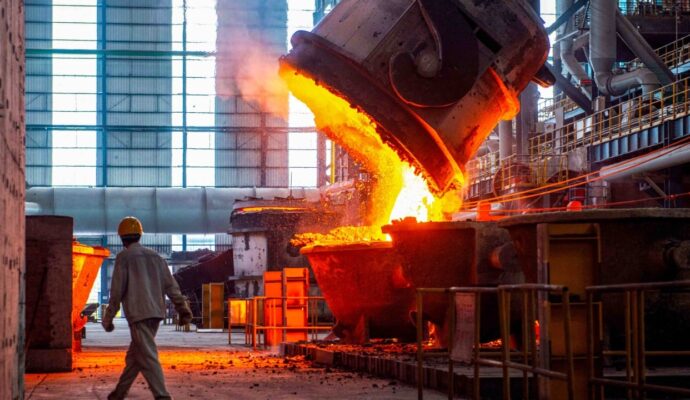When completed in 2030, the Tropical Deep-sea Neutrino Telescope (Trident) – named Hailing (Ocean Bell) in Chinese – will be the largest and most advanced in the world, according to the project team.
The Trident array will be anchored to the seabed 3.5km (2.2 miles) below the Western Pacific Ocean, where it will scan the surrounding seawater for the flashes of light generated when cosmic neutrinos collide with water molecules.
“Using Earth as a shield, Trident will detect neutrinos penetrating from the opposite side of the planet,” said Xu Donglian of Shanghai Jiao Tong University, the project’s chief scientist and spokeswoman, at a news conference on Tuesday.
“As Trident is near the equator, it can receive neutrinos coming from all directions with the rotation of the Earth, enabling all-sky observation without any blind spot.”

Project chair Jing Yipeng told the news conference that the telescope will also help to test space-time symmetries, search for quantum gravity, and indirectly search for dark matter.
Trident is taking shape about 540km (340 miles) south of Hong Kong, according to Xu and her colleagues from some of China’s top universities, in a paper published on Monday by the international journal Nature Astronomy.
The closest island, Yongxing, is less than 200km away from the site, providing supporting infrastructure for power supply and data transmission, the paper said.
Cosmic rays from deep space constantly bombard Earth’s atmosphere. But more than a century after their discovery by Austrian physicist Victor Hess, scientists are still not sure exactly where they come from.
China, Italy lead global hunt for ghostlike neutrinos as US takes own track
China, Italy lead global hunt for ghostlike neutrinos as US takes own track
Because they are mostly protons, cosmic rays are charged and their paths deflected by magnetic fields as they move through space at nearly the speed of light. As a result, their direction of travel when they reach Earth cannot be used to locate their source.
However, cosmic rays also contain neutrinos – a family of elusive subatomic particles that are electrically neutral. They travel astronomical distances without being deflected or absorbed, and can serve as a powerful tool to reveal the origins of cosmic radiation.
Scientists have been using the interactions of incoming neutrinos and water/ice atoms to “catch” these tiny travellers for the past two decades with specially built telescopes at the South Pole, the Mediterranean Sea and Russia’s Lake Baikal.
Xu’s team found the ideal site for China’s own neutrino observatory in 2019, an area of the South China Sea where the seabed is flat and currents flow gently a few hundred metres above the sea floor.

According to the Chinese team, Trident will be vastly more sensitive than existing neutrino telescopes – with up to 10,000 times the capability of the IceCube observatory at the South Pole and five times’ greater sensitivity than KM3NeT in the Mediterranean.
Xu’s team said Trident – which will span a diameter of 4km and monitor around 7.5 cubic km (4.6 cubic miles) of seawater – will complement the existing deep-sea neutrino observatories.
IceCube, the world’s largest telescope of its kind, is made up of thousands of optical sensors distributed over 1 cubic km (3,280 cubic feet) beneath the Antarctic ice.
Nasa asteroid sample contains life-critical water and carbon
Nasa asteroid sample contains life-critical water and carbon
Since it started operating in 2010, IceCube has detected high-energy neutrinos which are likely to have originated outside the solar system. It also revealed the first map of the Milky Way in neutrinos.
The Trident array, with a designed lifespan of 20 years, will consist of 1,200 vertical strings of sensors, laid out on the seabed in a geometrical pattern known as a Penrose tiling distribution, the paper said.
Each 700 metre (2,300ft) string will carry 20 high-resolution digital optical modules. These will spot and measure the light produced by the charged particles generated when neutrinos and hydrogen or oxygen atoms in water molecules collide.
The data gathered, including the number and arrival times of incoming neutrinos, will be used to reconstruct information related to the deep space origins of the messenger particles.
The project’s pilot phase is expected to be completed by 2026, with funding from the Ministry of Science and Technology, the Shanghai municipal government, and Shanghai Jiao Tong University.
The researchers said they are initially planning a small-scale array with 10 strings that will be used to test the key technologies underpinning the project.



